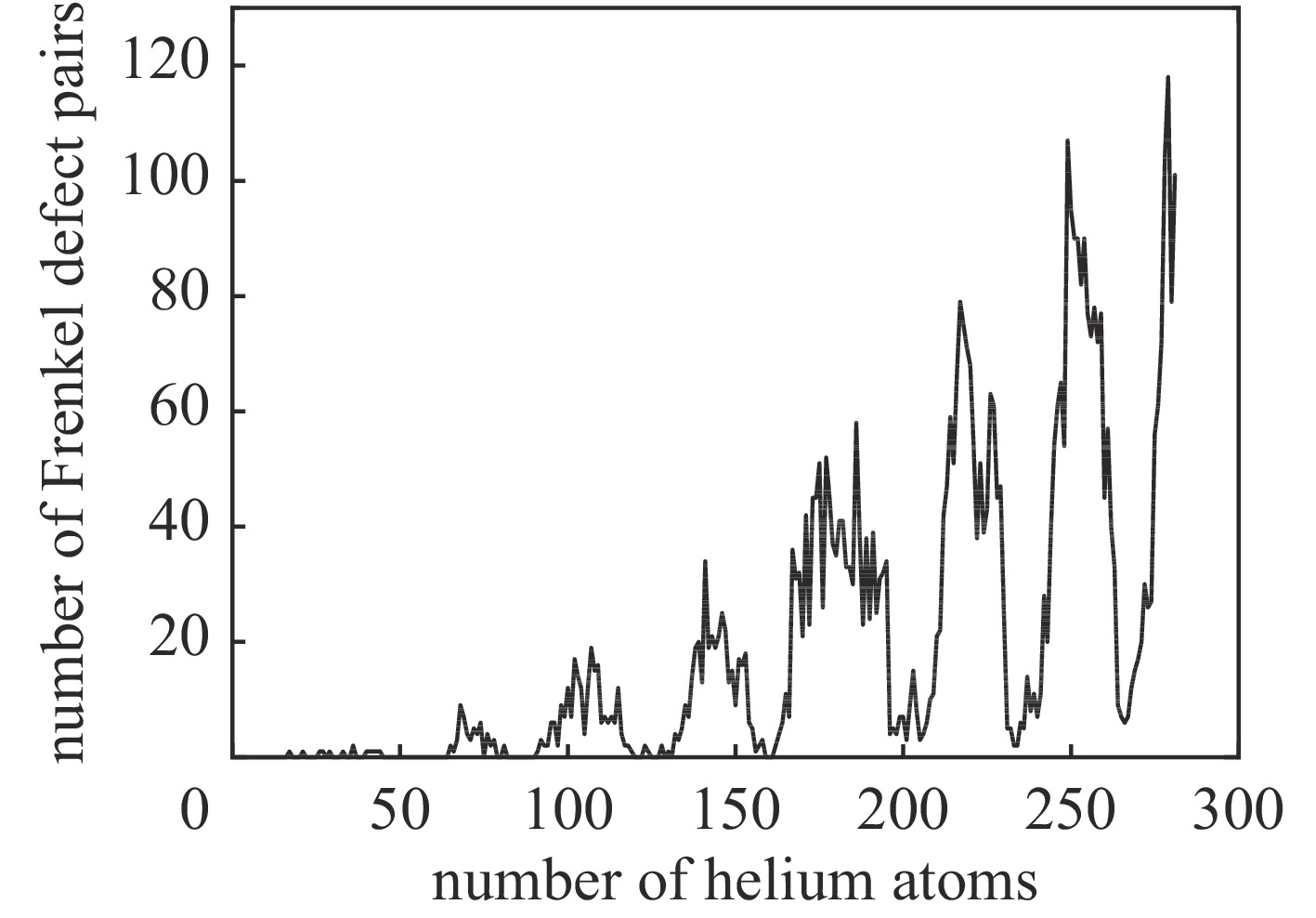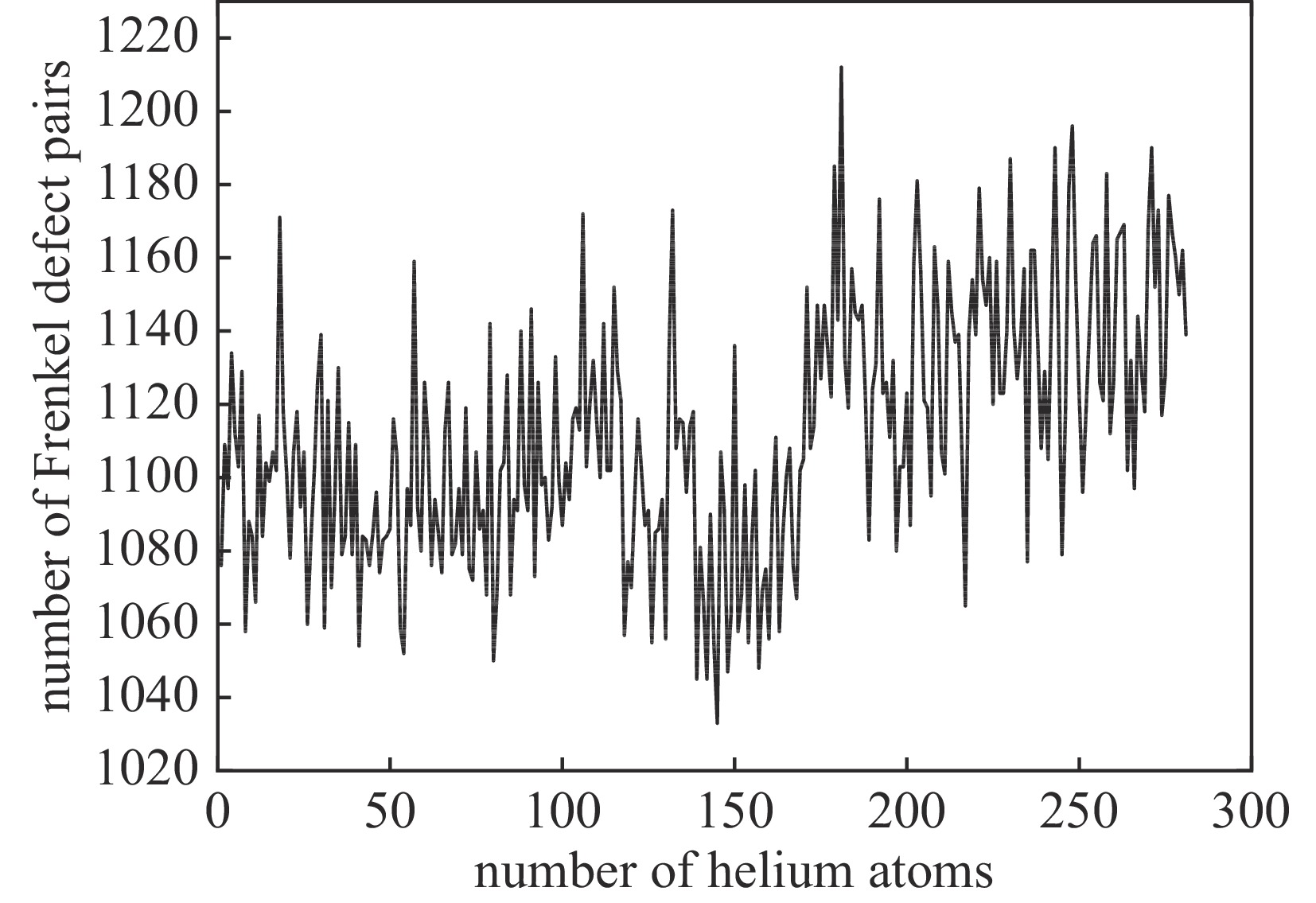| [1] |
Pitcher C S, Stangeby P C. Experimental divertor physics[J]. Plasma Physics and Controlled Fusion, 1997, 39(6): 779-930. doi: 10.1088/0741-3335/39/6/001
|
| [2] |
陶余强. EAST辐射偏滤器与高约束的兼容性研究[D]. 合肥: 中国科学技术大学, 2022Tao Yuqiang. Study on the compatibility of radiative divertor with high confinement in EAST tokamak[D]. Hefei: University of Science and Technology of China, 2022
|
| [3] |
郝嘉琨. 聚变堆材料[M]. 北京: 化学工业出版社, 2007Hao Jiakun. Fusion reactor materials[M]. Beijing: Chemical Industry Press, 2007
|
| [4] |
Khiara N, Onimus F, Jublot-Leclerc S, et al. In-situ TEM irradiation creep experiment revealing radiation induced dislocation glide in pure copper[J]. Acta Materialia, 2021, 216: 117096. doi: 10.1016/j.actamat.2021.117096
|
| [5] |
Li Min, Hou Qing, Cui Jiechao, et al. Comparative studies of helium behavior in copper and tungsten using molecular dynamics simulations[J]. Nuclear Instruments and Methods in Physics Research Section B: Beam Interactions with Materials and Atoms, 2020, 463: 30-39.
|
| [6] |
Yang Yun, Frazer D, Balooch M, et al. Irradiation damage investigation of helium implanted polycrystalline copper[J]. Journal of Nuclear Materials, 2018, 512: 137-143. doi: 10.1016/j.jnucmat.2018.09.022
|
| [7] |
李博. 金属铜中辐照损伤的分子动力学模拟[D]. 合肥: 中国科学技术大学, 2016Li Bo. Molecular dynamics simulation of irradiation damage in Cu[D]. Hefei: University of Science and Technology of China, 2016
|
| [8] |
王建国. 铜辐照碰撞级联过程的分子动力学仿真[D]. 合肥: 合肥工业大学, 2003Wang Jianguo. Molecular dynamics modeling of radiation collision cascades course in copper[D]. Hefei: Hefei University of Technology, 2003
|
| [9] |
Rowcliffe A F, Garrison L M, Yamamoto Y, et al. Materials challenges for the fusion nuclear science facility[J]. Fusion Engineering and Design, 2018, 135: 290-301. doi: 10.1016/j.fusengdes.2017.07.012
|
| [10] |
Cottrell G A. A survey of plasma facing materials for fusion power plants[J]. Materials Science and Technology, 2006, 22(8): 869-880. doi: 10.1179/174328406X111110
|
| [11] |
张崇宏. 聚变堆候选金属材料的惰性气体离子辐照损伤的研究[J]. 原子核物理评论, 2006, 23(2):167-169 doi: 10.3969/j.issn.1007-4627.2006.02.019Zhang Chonghong. Damage production by inert-gas-ion irradiation in some candidate materials to fusion reactors[J]. Nuclear Physics Review, 2006, 23(2): 167-169 doi: 10.3969/j.issn.1007-4627.2006.02.019
|
| [12] |
Harrison R W, Greaves G, Hinks J A, et al. A study of the effect of helium concentration and displacement damage on the microstructure of helium ion irradiated tungsten[J]. Journal of Nuclear Materials, 2017, 495: 492-503. doi: 10.1016/j.jnucmat.2017.08.033
|
| [13] |
Kittel C. Introduction to solid state physics[M]. 8th ed. New York: John Wiley & Sons, 2004.
|
| [14] |
Zhou X W, Johnson R A, Wadley H N G. Misfit-energy-increasing dislocations in vapor-deposited CoFe/NiFe multilayers[J]. Physical Review B, 2004, 69: 144113. doi: 10.1103/PhysRevB.69.144113
|
| [15] |
Chizmeshya A, Zaremba E. The interaction of rare gas atoms with metal surfaces: a scattering theory approach[J]. Surface Science, 1992, 268(1/3): 432-456.
|
| [16] |
Stukowski A. Visualization and analysis of atomistic simulation data with OVITO-the open visualization tool[J]. Modelling and Simulation in Materials Science and Engineering, 2010, 18: 015012. doi: 10.1088/0965-0393/18/1/015012
|
| [17] |
Zhang Baoling, Fang Shuoyang, Wang Jun, et al. Study on helium bubble coalescence in the slip plane of titanium[J]. Fusion Science and Technology, 2021, 77(6): 437-445. doi: 10.1080/15361055.2021.1927583
|






 下载:
下载:







